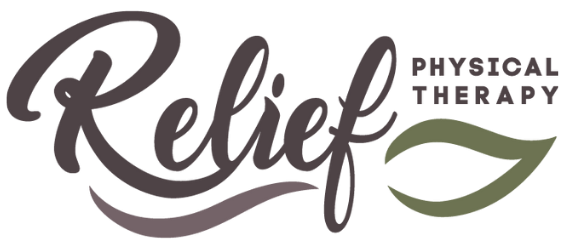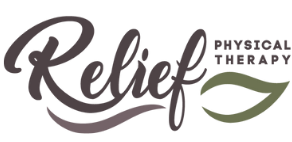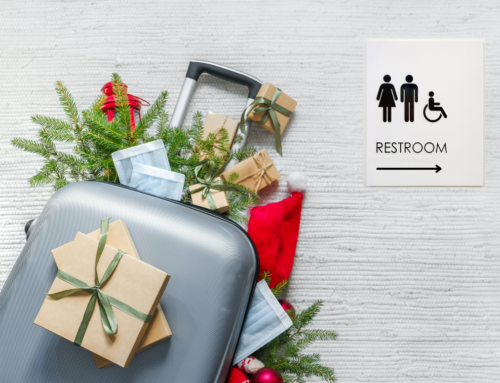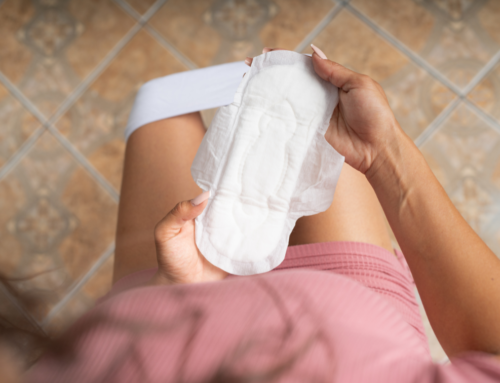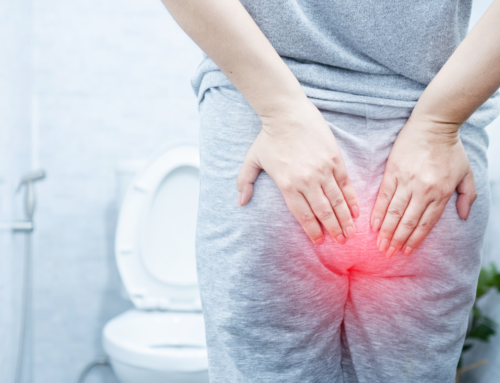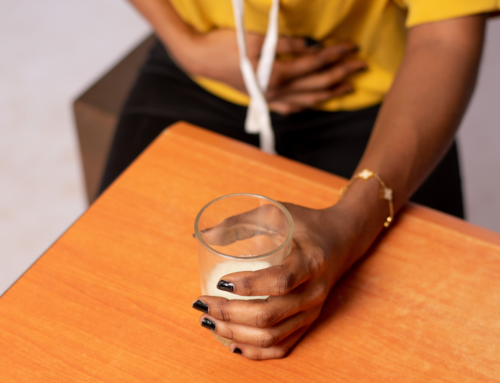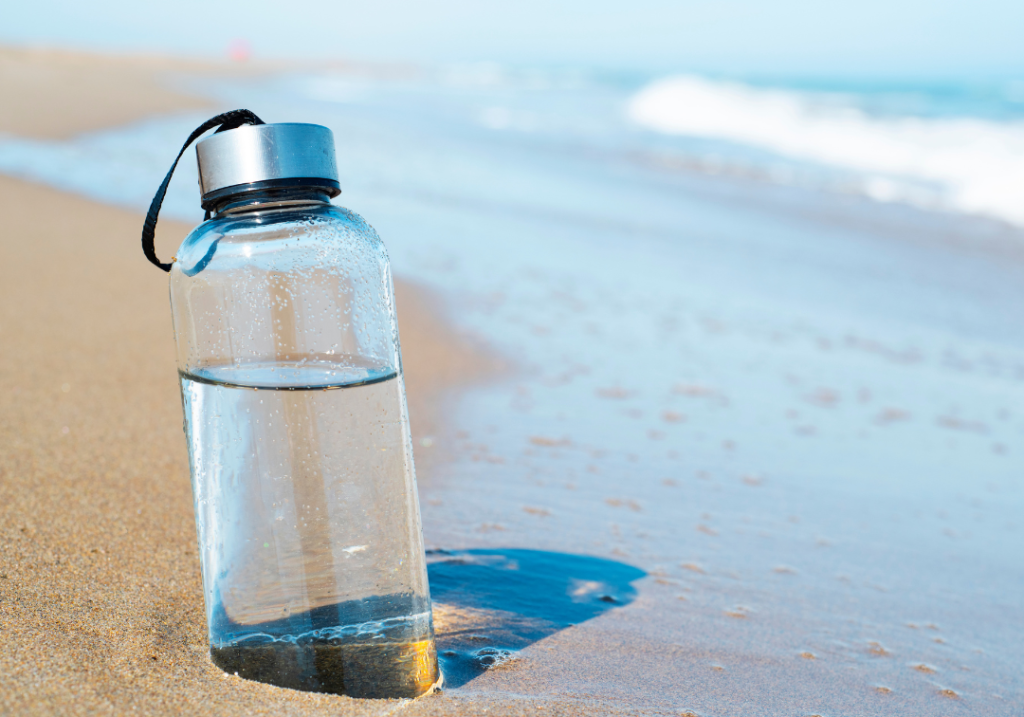
Hydration Balance: How Much Water Should You Really Drink with Interstitial Cystitis?
Hydration Balance: How Much Water Should You Really Drink with Interstitial Cystitis?
For many people dealing with interstitial cystitis (IC), drinking water feels like a double-edged sword. On the one hand, drinking enough water can be a lifeline, diluting urine and reducing irritation in the bladder. But on the other, too much water can create an endless cycle of bathroom trips, worsening the sense of urgency that comes with IC. So, how much water is enough? And how can you recognize the signs of getting it right?
For many people dealing with interstitial cystitis (IC), drinking water feels like a double-edged sword. On the one hand, drinking enough water can be a lifeline, diluting urine and reducing irritation in the bladder. But on the other, too much water can create an endless cycle of bathroom trips, worsening the sense of urgency that comes with IC. So, how much water is enough? And how can you recognize the signs of getting it right?
Why Water Matters: Too Little vs. Too Much
Why Water Matters: Too Little vs. Too Much
When you’re managing IC, drinking the right amount of water is crucial. If you don’t drink enough, urine becomes concentrated, which can irritate the bladder lining, making the burning sensation and frequency worse. But drinking too much water can have its own consequences.
Some people may unknowingly overfill their bladder in search of temporary relief. When you fill the bladder more, you might notice that the sense of fullness feels a little different from the sharp urgency and burning IC can bring. It’s tempting to keep drinking and let the bladder fill, hoping for relief, but this can backfire, creating a pattern where the urge to go becomes even more frequent. Overfilling, in fact, can trick the brain into thinking there’s a true emergency from bladder rupture, heightening the sense of urgency and discomfort.
When you’re managing IC, drinking the right amount of water is crucial. If you don’t drink enough, urine becomes concentrated, which can irritate the bladder lining, making the burning sensation and frequency worse. But drinking too much water can have its own consequences.
Some people may unknowingly overfill their bladder in search of temporary relief. When you fill the bladder more, you might notice that the sense of fullness feels a little different from the sharp urgency and burning IC can bring. It’s tempting to keep drinking and let the bladder fill, hoping for relief, but this can backfire, creating a pattern where the urge to go becomes even more frequent. Overfilling, in fact, can trick the brain into thinking there’s a true emergency from bladder rupture, heightening the sense of urgency and discomfort.
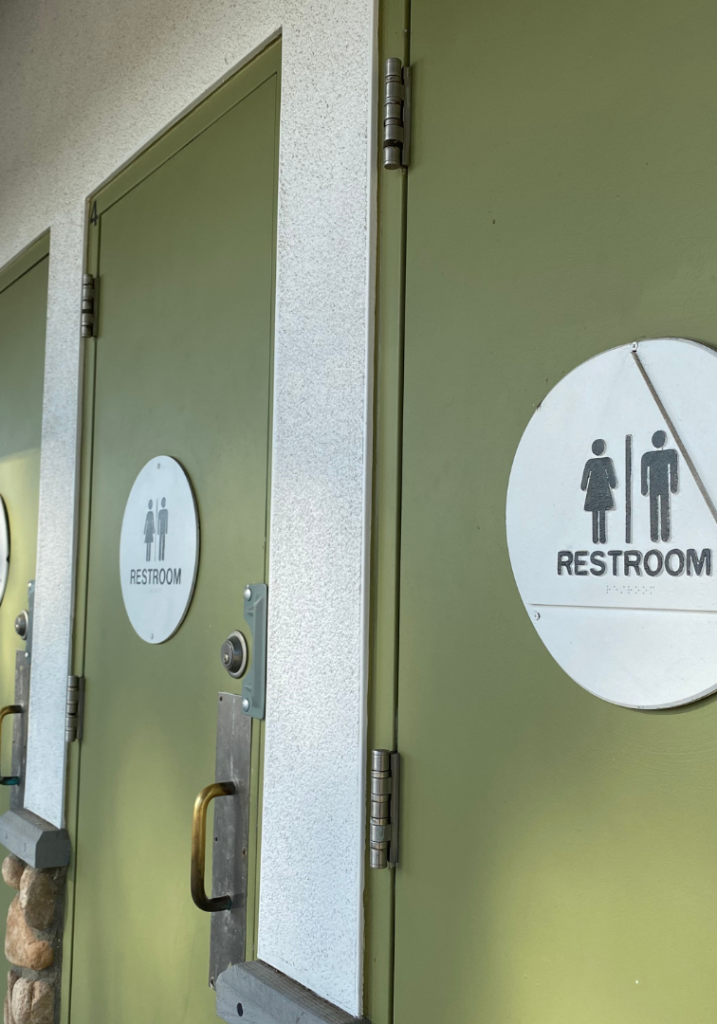
One patient I was working with was very frustrated with her urinary frequency. She was a college student and struggled with being able to complete her exams without having to urgently go to the bathroom.
We reduced her water intake from a whopping 180-220 ounces per day- (no wonder she felt like she had to pee all the time) to a more reasonable 90 ounces per day her urinary frequency improved a lot. She still had a way to go, but getting that first win helped her feel hopeful she could improve.
One patient I was working with was very frustrated with her urinary frequency. She was a college student and struggled with being able to complete her exams without having to urgently go to the bathroom.
We reduced her water intake from a whopping 180-220 ounces per day- (no wonder she felt like she had to pee all the time) to a more reasonable 90 ounces per day her urinary frequency improved a lot. She still had a way to go, but getting that first win helped her feel hopeful she could improve.
Recognizing Hydration Balance
Recognizing Hydration Balance
Finding a balance with water intake is about knowing your body’s cues and paying attention to signs of good hydration. Here are some general guidelines to help you monitor how much water to drink daily and what signs to look for:
- Start with 6-8 glasses of water a day (roughly 1.5–2 liters) as a baseline. From there, you can adjust up or down based on your body’s response. For some, sticking to this range, spread out over the day, is a good place to begin. You may find that it reduces bladder irritation without overwhelming your system.
- Check your urine color. Proper hydration usually leads to light, pale yellow urine. If it’s darker, your body likely needs more water. If it’s clear, you may be over-hydrating, which can mean you’re flushing out necessary electrolytes or overloading the bladder.
- Look at other hydration indicators like stool consistency, skin softness, and lip moisture. When properly hydrated, stool is typically well-formed and not overly hard. Skin should feel soft and smooth, and lips should look plump and hydrated, rather than dry and cracked.
- Space out water intake so you’re not drinking too much all at once. Try sipping a bit every hour rather than chugging multiple glasses. This helps keep the bladder comfortably filled without feeling overfull, helping to avoid those intense sensations of urgency.
Finding a balance with water intake is about knowing your body’s cues and paying attention to signs of good hydration. Here are some general guidelines to help you monitor how much water to drink daily and what signs to look for:
- Start with 6-8 glasses of water a day (roughly 1.5–2 liters) as a baseline. From there, you can adjust up or down based on your body’s response. For some, sticking to this range, spread out over the day, is a good place to begin. You may find that it reduces bladder irritation without overwhelming your system.
- Check your urine color. Proper hydration usually leads to light, pale yellow urine. If it’s darker, your body likely needs more water. If it’s clear, you may be over-hydrating, which can mean you’re flushing out necessary electrolytes or overloading the bladder.
- Look at other hydration indicators like stool consistency, skin softness, and lip moisture. When properly hydrated, stool is typically well-formed and not overly hard. Skin should feel soft and smooth, and lips should look plump and hydrated, rather than dry and cracked.
- Space out water intake so you’re not drinking too much all at once. Try sipping a bit every hour rather than chugging multiple glasses. This helps keep the bladder comfortably filled without feeling overfull, helping to avoid those intense sensations of urgency.
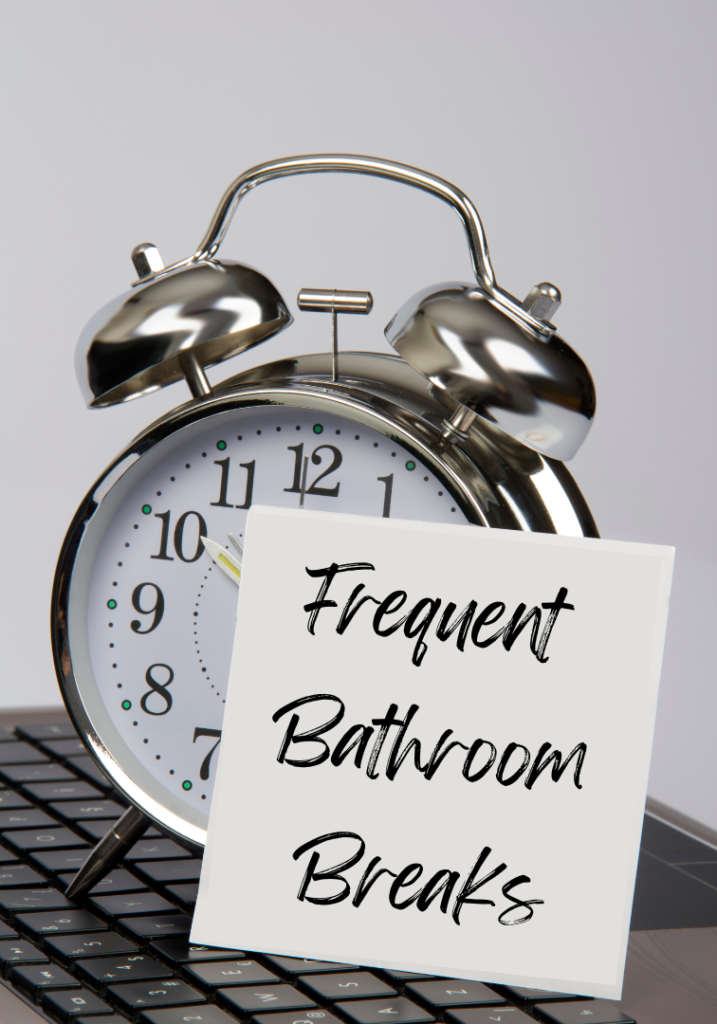
Staying moderate can be key
Staying Moderate can be key
For IC, many people are told that drinking more will bring relief, but staying moderate while still staying hydrated is really the key. If you’ve been struggling with constant bathroom trips, try setting a schedule that includes a reasonable amount of water and gives your bladder more time between voids. This won’t necessarily be easy right away, but it can help retrain your bladder and reduce that compulsive feeling to empty it too frequently.
When trying to find the right balance for yourself, consider your physical activity, temperature (like how hot or cold it is outside), and any other dietary needs. And always check in with your healthcare provider if you’re unsure about how much water is best for you, as they may have specific recommendations tailored to your body and your IC journey.
For IC, many people are told that drinking more will bring relief, but staying moderate while still staying hydrated is really the key. If you’ve been struggling with constant bathroom trips, try setting a schedule that includes a reasonable amount of water and gives your bladder more time between voids. This won’t necessarily be easy right away, but it can help retrain your bladder and reduce that compulsive feeling to empty it too frequently.
When trying to find the right balance for yourself, consider your physical activity, temperature (like how hot or cold it is outside), and any other dietary needs. And always check in with your healthcare provider if you’re unsure about how much water is best for you, as they may have specific recommendations tailored to your body and your IC journey.
Putting It into Practice
Putting It into Practice
Managing IC often feels like a delicate dance with your own body’s signals. Listening to those signals, and experimenting a bit to find what works best for you, is part of taking an active role in your recovery. Water might seem like a small thing, but it’s one of those small things that can make a significant difference in the way you feel each day.
Remember, it’s okay to make small adjustments and to give yourself time to find the right balance. IC might make drinking water a bit of a balancing act, but finding your sweet spot can help you take control over your symptoms and, little by little, reclaim more of your daily life.
Related Articles: 10 Tips for Managing Interstitial Cystitis (IC)
Finding Hope for people suffering from IC/PBS
For more information about Interstitial Cystitis check out the Interstitial Cystitis Association.
Managing IC often feels like a delicate dance with your own body’s signals. Listening to those signals, and experimenting a bit to find what works best for you, is part of taking an active role in your recovery. Water might seem like a small thing, but it’s one of those small things that can make a significant difference in the way you feel each day.
Remember, it’s okay to make small adjustments and to give yourself time to find the right balance. IC might make drinking water a bit of a balancing act, but finding your sweet spot can help you take control over your symptoms and, little by little, reclaim more of your daily life.
Related Articles: 10 Tips for Managing Interstitial Cystitis (IC)
Finding Hope for people suffering from IC/PBS
For more information about Interstitial Cystitis check out the Interstitial Cystitis Association.

Holly McDonald, PT
Pelvic Rehab Specialist
HoHolly McDonald, PT
Pelvic Rehab Specialist
My practice is in Winston Salem NC. I see some patients virtually, but in-person is even better.
I am located at 501 Shepherd St. Winston Salem NC 27103. For more information, or to schedule an appointment please call the office at 336-414-2050, or email us at office@reliefpt.com.
My practice is in Winston Salem NC. I see some patients virtually, but in-person is even better.
I am located at 501 Shepherd St. Winston Salem NC 27103. For more information, or to schedule an appointment please call the office at 336-414-2050, or email us at office@reliefpt.com.
